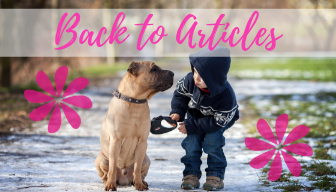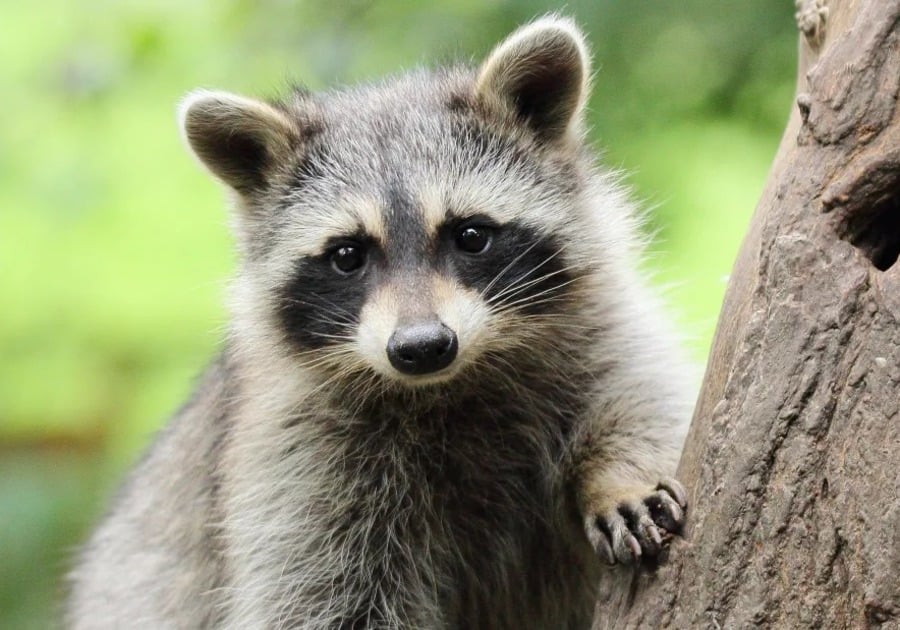Racoon
Raccoons are round, fuzzy creatures with bushy tails and a black mask of fur that covers their eye area. These animals may look like cute, cuddly bandits, but they can be quite fearsome when approached.
Raccoons are about as big as small dogs. They grow to about 23 to 37 inches and weigh 4 to 23 lbs. Though raccoons are more than happy to make human areas their homes, they can be vicious when approached by humans. Humans should be particularly cautious of approaching raccoons because they are common carriers of rabies, roundworms and leptospirosis, according to The Human Society. Most experts do not recommend having a raccoon as a pet.
Whether your home is surrounded by trees or skyscrapers (which they've been known to scale), raccoons are likely part of your local wildlife population. They are some of the most adaptable creatures in the Americas, occupying both rural and urban areas in diverse climates. Here are some things you might not know about the little masked bandits.
Raccoons have some of the most dexterous hands in nature, as anyone who's had a garden, cooler, or garbage can broken into by one of them knows. Native Americans were the first to note their unusual paws. The English word raccoon comes from the Powhatan word aroughcun, which means "animal that scratches with its hands." The Aztecs went in a similar direction when naming the raccoon. They named it mapachitli or "one who takes everything in its hands." Today mapache means "raccoon" in Spanish.
There are six raccoon species native to North and South America. The most recognizable is Procyon lotor or the common raccoon that lives in the United States. Other varieties of the animal can be found farther south, often inhabiting tropical islands.
Thanks to the black markings that fall across their eyes, raccoons have been typecast as the conniving thief or trickster figure in stories for centuries. But their famous black masks do more than make them look like adorable outlaws—they also help them see clearly. The black fur works just like the black stickers athletes wear under their eyes: The dark color absorbs incoming light, reducing glare that would otherwise bounce into their eyes and obstruct their vision. At night, when raccoons are most active, less peripheral light makes it easier for them to perceive contrast in the objects of their focus, which is essential for seeing in the dark.
While most animals use either sight, sound, or smell to hunt, raccoons rely on their sense of touch to locate goodies. Their front paws are incredibly dexterous and contain roughly four times more sensory receptors than their back paws—about the same ratio of human hands to feet. This allows them to differentiate between objects without seeing them, which is crucial when feeding at night. Raccoons can heighten their sense of touch through something called dousing. To humans, this can look like the animals are washing their food, but what they're really doing is wetting their paws to stimulate the nerve endings. Like light to a human's eyes, water on a raccoon's hands gives it more sensory information to work with, allowing it to feel more than it would otherwise.
As omnivores, raccoons eat vegetation and meat. The vegetation in their diet consists of cherries, apples, acorns, persimmons, berries, peaches, citrus fruits, plums, wild grapes, figs, watermelons, beech nuts, corn and walnuts. When it comes to meat, raccoons consume more invertebrates than vertebrates, according to the ADW. Some of the raccoon’s favorite animal treats are frogs, fish, crayfish, insects, rodents and bird eggs. When food is scarce, raccoons aren’t above scavenging human trash or eating roadkill.
Raccoons are not very social creatures. They are nocturnal and sleep during the day. During the winter, they tend to sleep more, but they do not hibernate in the traditional sense. They simply sleep while their bodies live off stored fat. They lose around 50 percent of their body weight during the winter.
Baby raccoons are called kits or cubs and are usually born in the early summer. Females have one to seven offspring after a gestation period of 60 to 73 days. As a group, a mother and her baby raccoons are called a nursery.
For the first two months of their lives, babies live in their den and are weened at 7 to 16 weeks. At 12 weeks, they will start to roam away from their mothers for whole nights at a time, they become completely independent at 8 to 12 months of age. Raccoons live around 2 to 3 years in the wild.
Follow the State Forest State Park - Colorado Parks and Wildlife Facebook Page
 |  |  |
🌸Get a FREE, kid-friendly event calendar for Ute Pass through Teller County, full of festivals, fairs, activities, events and more! Sign up by clicking HERE! 🌸
Is your business, church or group holding an event that is not listed? Submit the event by CLICKING HERE! Thank you!



